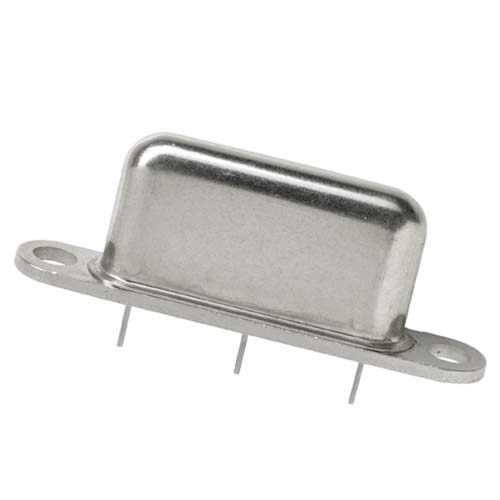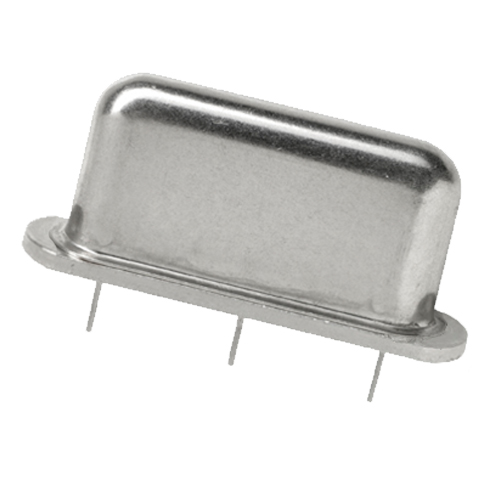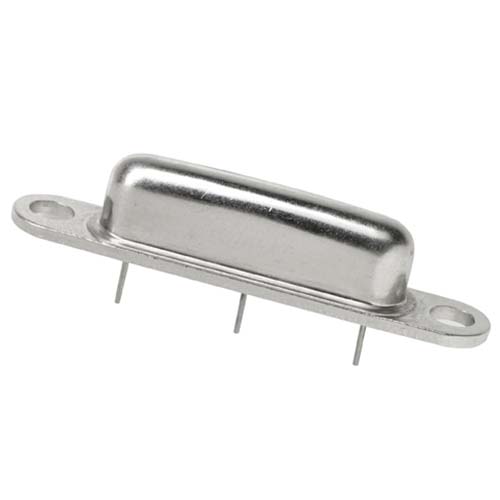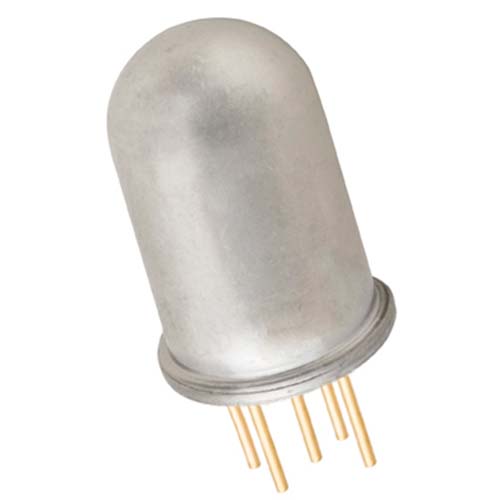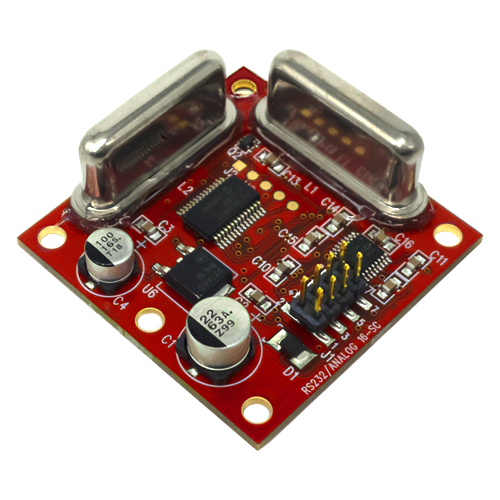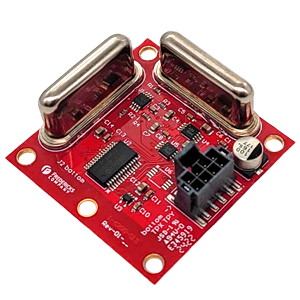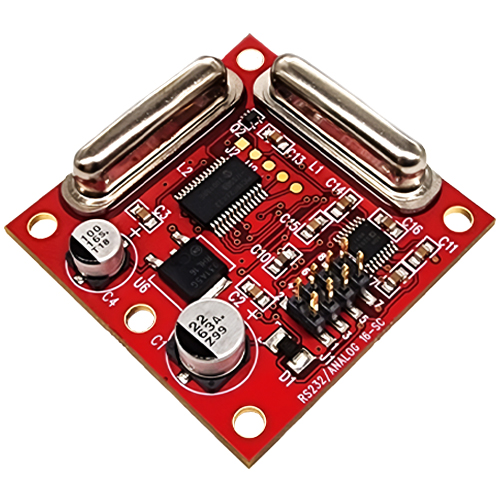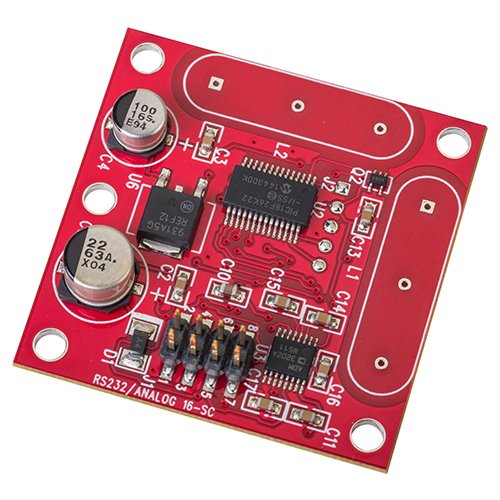レーザーレベルと建設用工具は、一般的に、建設や測量のさまざまな目的に使用されます。レーザーレベルは特に、あなたがそれを推測し、物事が水平であるか、または特定の角度や勾配で水平でないことを確認するために使用されます。これは、あなたの家で絵を掛けるような単純なものから、特定の勾配に道路を舗装したり、建物の床が平らであることを確認するような複雑でインパクトのあるものを意味します。レーザーレベルには、ロータリーレーザーやラインレーザーなど、いくつかの種類があります。
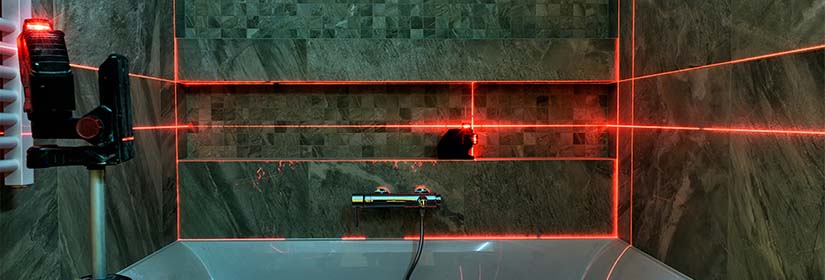
雨の中で車を運転することについて考えてみましょう。道路に水が溜まってハイドロプレーニングするようにしたいと思いますか、それとも道路が斜めになっていて水が片側または反対側に流れるようにして、目的地までの安全なドライブをしたいと思いますか?レーザーレベルは、一般的に±mm/mまたはミリメートル/メートルで定義された精度を持っている、これは、距離のすべてのメートルのためのミリメートルの潜在的な垂直方向の誤差を意味する、または。
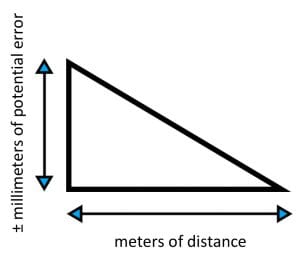
度単位での%等級と角度を理解することに興味がありますか?等級(または勾配)、勾配の角度(αを参照)、または上昇(Δhを参照)と滑走(dを参照)がわかれば、さまざまな変換ができます。
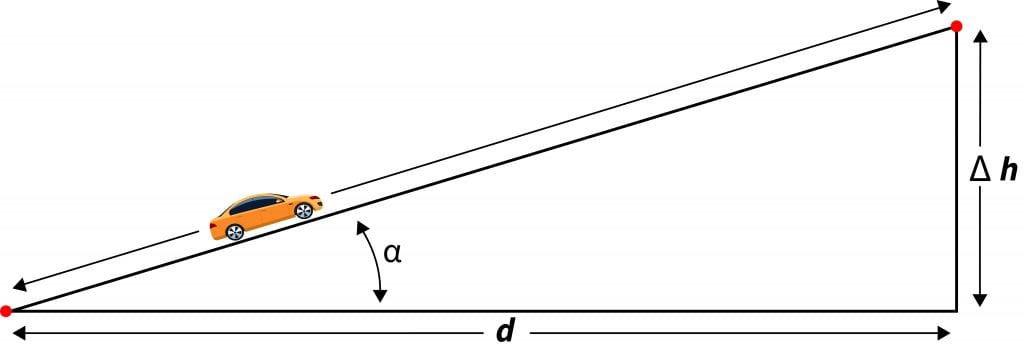
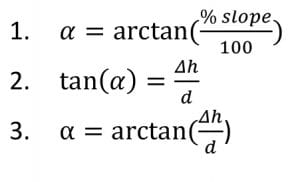
ここでは、レーザーレベルが使用される可能性のある他の領域をいくつか紹介します。
ドロップシーリング、キャビネット、棚の設置、工事現場のレイアウト、土地の立面(建築用、農業用灌漑用)、フェンス、ポスト、デッキ、石組みの整列。
レーザーレベルは一般的に、長距離にわたって正確な測定を維持するために、非常に高精度の傾斜センサーを使用することに注意してください。このような用途の代表的なフレデリクス・センサは、±0.005°の繰り返し精度で±25°測定用の0703-1602-99と、±0.001°の繰り返し精度で±3°測定用の0703-0711-99です。どちらも1軸のソリューションですが、2つのセンサーを垂直に取り付けて2軸測定も可能です。例として、これらの繰返し精度の仕様を、前に説明した方程式を使ってmm/mの測定値に変換してみましょう:
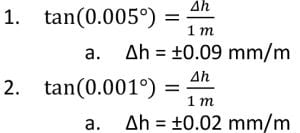
This can also be compared with our wide range of tilt sensor solutions, which are a less accurate option but provide 2-axis measurement in a lower-cost package. For example, the 0717-4313-99 tilt sensor has a measurement range of ±50° with ±0.05° repeatability, which converts to the following accuracy in mm/m:
![]()
Note that these repeatabilities (also called accuracy) specifications typically can’t be achieved with low-cost MEMS solutions, or any other low-cost tilt measurement solutions, making electrolytic tilt sensors ideal for this application. Additionally, electrolytic tilt sensors have no moving parts so they don’t have any measurement properties that change over time or temperature. This means that they’re much more repeatable over time and temperature than other solutions.
Recommended Tilt Sensors for Construction Tools and Laser Leveling Equipment
Operating Range: ±25°
Repeatability: ±0.005°
Operating Range: ±25°
Repeatability: ±0.005°
Operating Range: ±3°
Repeatability: ±0.001°
Operating Range: ±50°
Repeatability: ±0.05°
Operating Range: ±25°
Interface: Analog and RS-232
動作範囲: ±25
インターフェースUART/TTL
Operating Range: ±3°
Interface: Analog and RS-232
1-6200-XXX Signal Conditioners
Operating Range: 0% to 100% sensor operating range
Supply Voltage: 3.3 V DC to 5 V DC






